Equipment
From a Fitter: An in-depth discussion of wedge bounce, grind, loft and lie
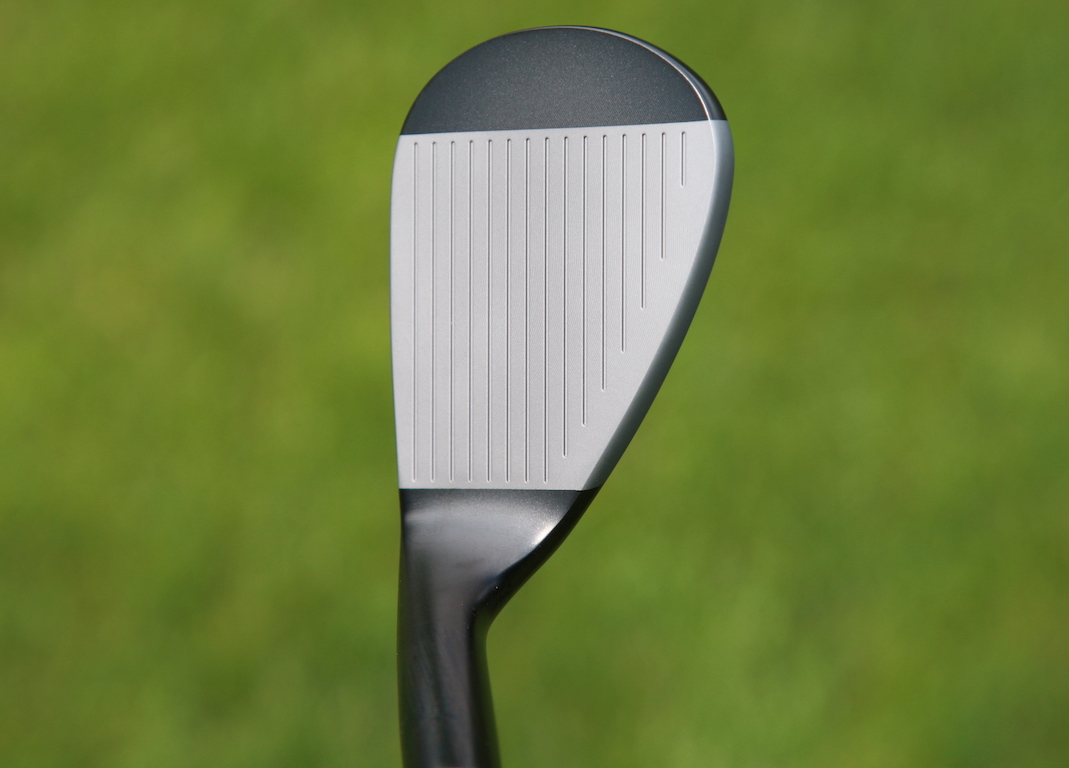
Wedge fitting is an interesting subject due to so many variables of the player and the course we play on. This article is to help break a few components down and help you make better choices when purchasing wedges.
Bounce is generally given a number which is a reference to the angle measured through the center portion of the sole of a club, from leading to trailing edge. The larger the angle, the more bounce you have, and the lower, the less bounce you have. No doubt this is a handy number to know, but for me, it is only the beginning of understanding the wedge.
It has often been said that “better players” use lower bounce, but this is not always true. Many tour players use higher bounce wedges these days, with special grinds (shapes of the club’s sole). Do not get pigeon-holed into a wedge option because of your handicap!
For me, wedge fitting is about versatility, forgiveness, and compatibility for that one player’s style.
I start the wedge fitting with an intensive interview process about the player’s entire bag layout and how many wedges can be fit into the bag. I then discuss their perception of the shots they play a lot of (specific yardages, flights of shot, etc.). Finally, we discuss the conditions of their most played course. Unfortunately, a lot of us do not have the luxury of owning multiple sets of wedges for all conditions, but if I can give a set of wedges some versatility, that will give the player more choice of shot from course to course.
I then measure a player’s angle of attack with their PW through to their highest loft wedge with what I call their “stock shot” or most played shot with that wedge. This process is really just an indicator of the options I will try first.
From here, it is very much player-driven. We move to the grassed area and cycle lofts, bounce and grind options. Not letting a player hit too many shots with each (otherwise they can start to manipulate the wedge too much from their normal action, especially good players). We look at divots and flight, keeping an eye especially on the bad shots and how they feel through the turf and how the shots fly/land. During my intensive sessions, we also go to a bunker area and play sand shots and shots to a green to hone in specialist areas of the short game.
Generics I use for grind
- Players who play ‘square to square’ shots, such as bump and runs, or mid-flight shots often deliver leading edge to the ground first. Depending on conditions I combat this with leading-edge relief i.e the shape of the sole looks like a V from heel to toe. Sometimes a softer rounded leading edge can also do the trick.
- Players who hit lots of flop shots and try to manipulate the club on the ground. I experiment with variations of heel and trailing edge relief. These players often have success with aggressive grinds, as when the club is splayed open they feel as though the missing heel and trailing edge material allows the leading edge to sit snug to the surface, and it prevents the club bouncing too much through strike.
Ultimately, I facilitate a player with options and information.
The number one key of knowing you have the right wedge is clean strike! This means the club does not want to dig or bounce, but is allowed to slide through the ball and turf delivering the loft you intended.
One of the big areas that gets missed for me is the loft and lie adjustments. If a player’s lie is way out when testing a wedge, it can make it impossible to use. During a session, I try to keep uniformity between iron setup and wedge setup ensuring distance gaps are covered. This means I manipulate lofts and lies during the fitting. I have to be aware of the implications of bounce and turf interaction as I bend loft due to it adjusting the look of offset and most importantly the presentation of leading and trailing edge. The lie is just as important: one little tweak the right way and strikes can go from average to perfect.
Generics of loft and lie adjustment
- Adding loft can deliver more trailing edge, de-lofting can present more leading edge.
- Having more upright lies can help ‘square to square’ players, whereas flatter lie angles can help the Mickleson flop shot specialists!
- It’s not uncommon for me to flatten a player’s lob wedge a little more to allow that shaft to lay down easier.
Key points to get the most out of your wedge fitting
- Test options outside on turf.
- Do not base your fitting on just your angle of attack!
- Play lots of style of shots during testing.
- Make sure you have enough wedges to cover important distance and shot types for your game (have versatility in your wedge setup).
- Make sure length, loft and lie have been accounted for—as for shaft, that’s another article!
If you attain all of this and like the look and feel of your wedges, you will be set to play your best golf home and away. No matter the lie you encounter, you will feel you have a tool for the job at hand. This gives you the confidence in your swing at the scoring end of the game.
- LIKE164
- LEGIT26
- WOW3
- LOL3
- IDHT3
- FLOP2
- OB2
- SHANK19
Equipment
Putter Roundup: 2024 Zurich Classic of New Orleans
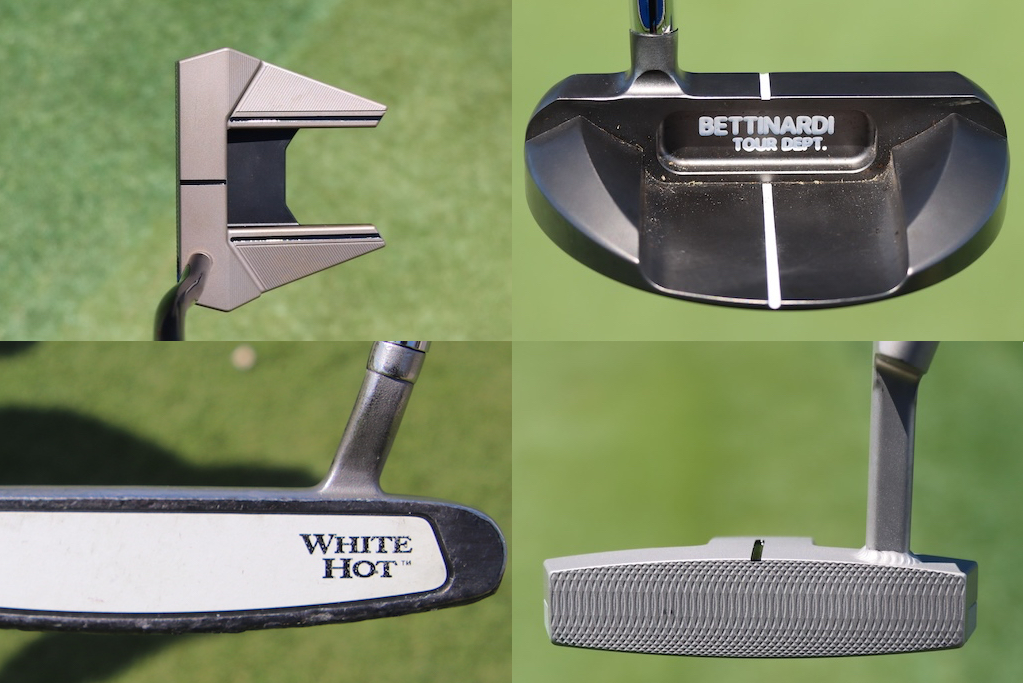
We always get some great photos of some phenomenal putters at tour events and love to share them. Here are a few from the 2024 Zurich Classic that caught our eye and seemed interesting. (And as a reminder, you can check out all our photos from New Orleans here)
MJ Daffue’s Scotty Cameron T-11 Prototype
MJ is going with the new Scotty Cameron T-11 Prototype this week. The putter is a multi-piece mallet that puts an emphasis on stability with the wings on the back. Daffue’s putter does have a design that differs from retail with a monotone finish, which eliminates the black paint on the aluminum parts that we see at retail. He also has a half siteline milled into the top and an L-neck welded on for some additional toe hang. The face features a deeper milling that should offer a softer feel and slightly quieter sound.
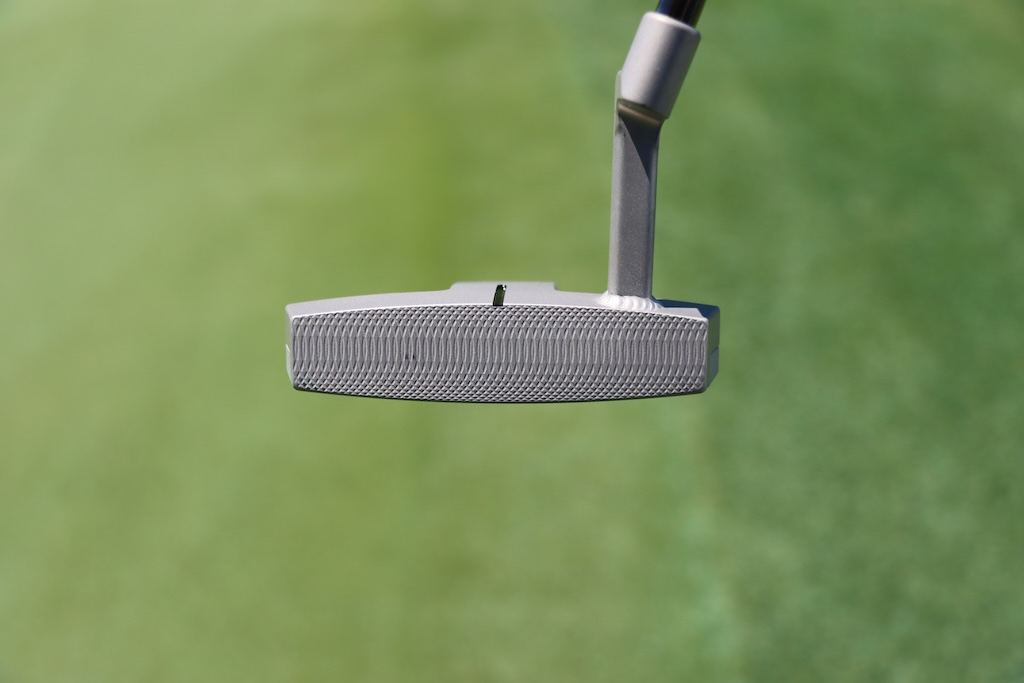
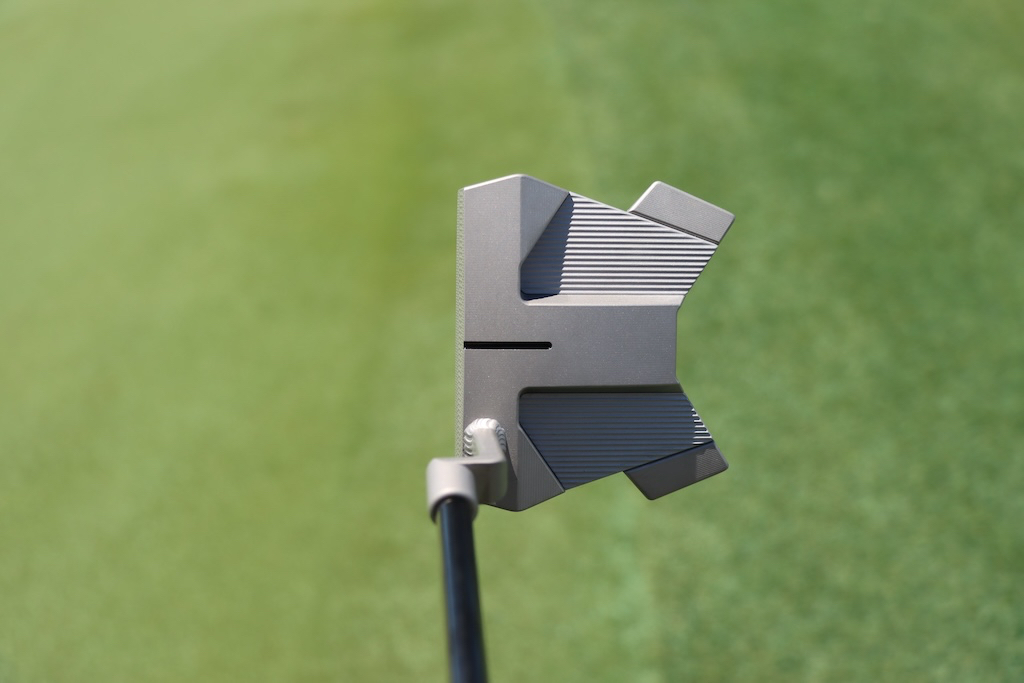
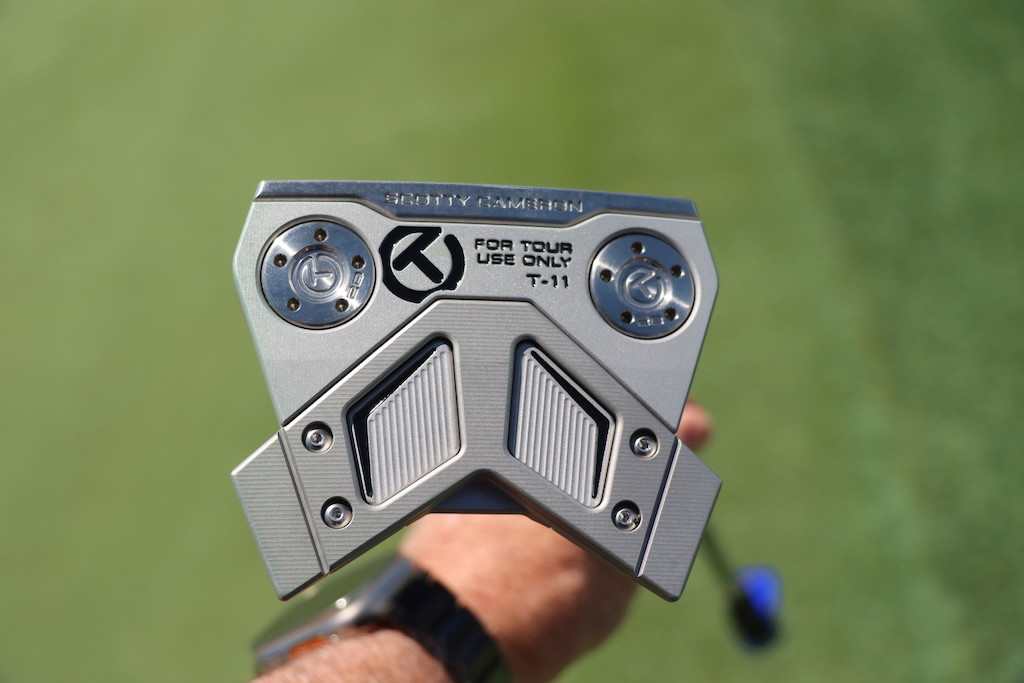
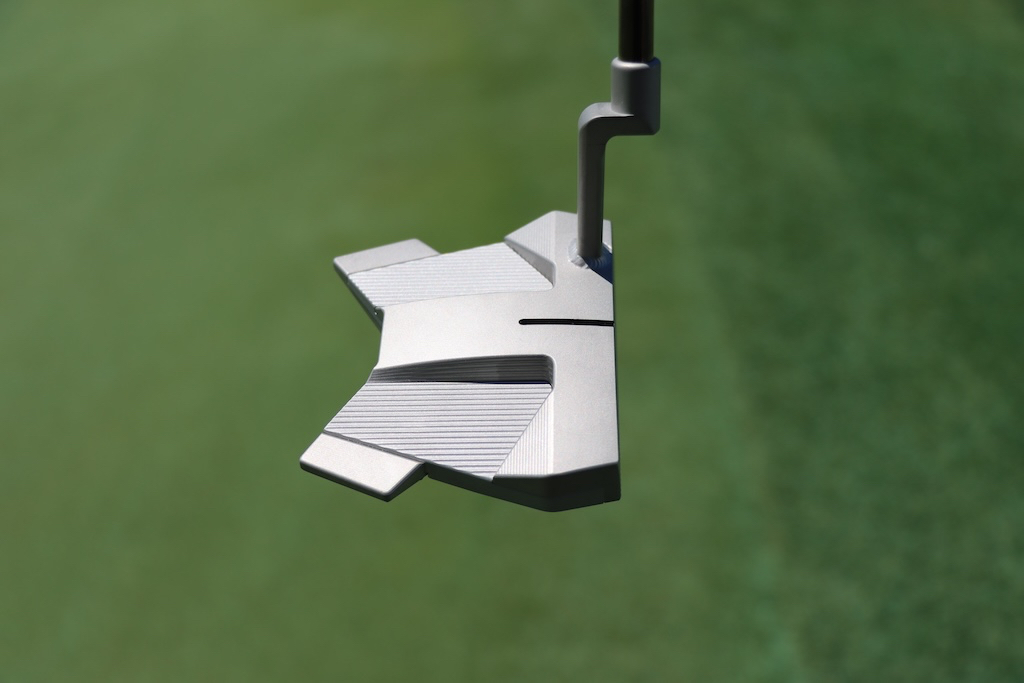
Scotty Cameron T-7.5 Prototype
We spotted a few different Scotty Cameron Phantom models with modified rear flanges. It looks like the straight black flange was cut into a half circle for a little softer look at address. On this T-7.5, you can still see the raw aluminum from the back view, so this might have been a last-minute job to get them out on tour. The semi-circle also has a white line on it, maybe to frame the ball differently.
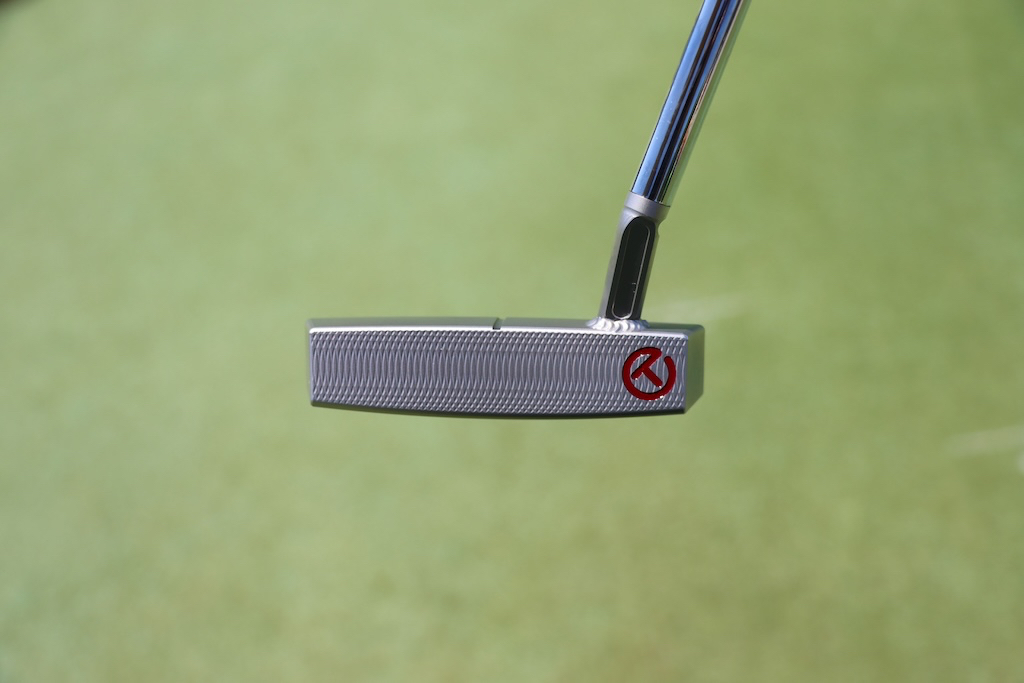
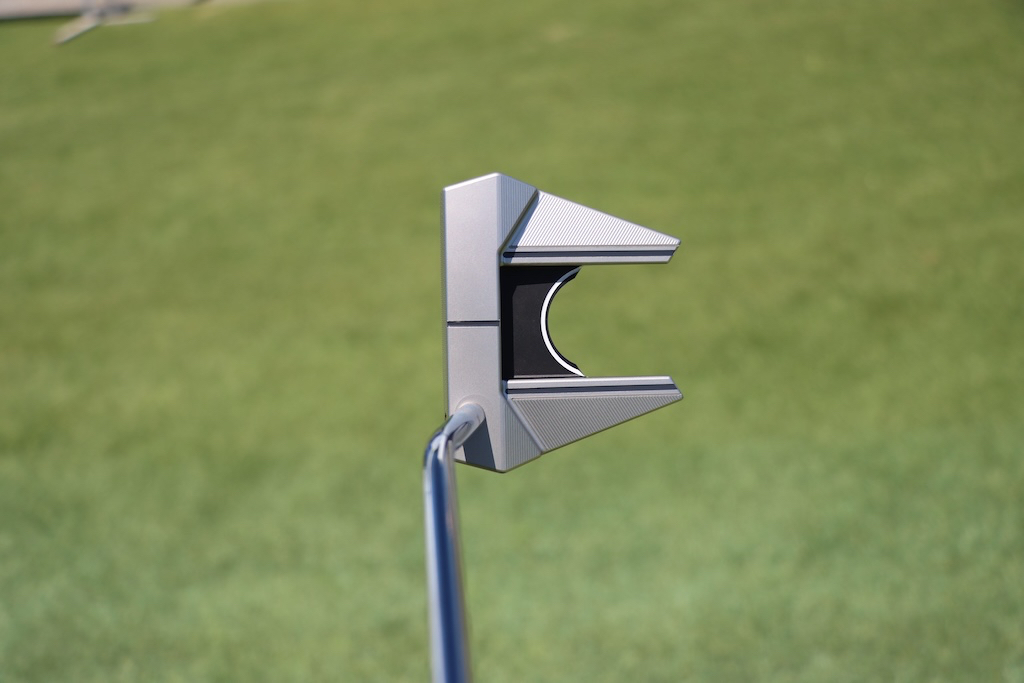
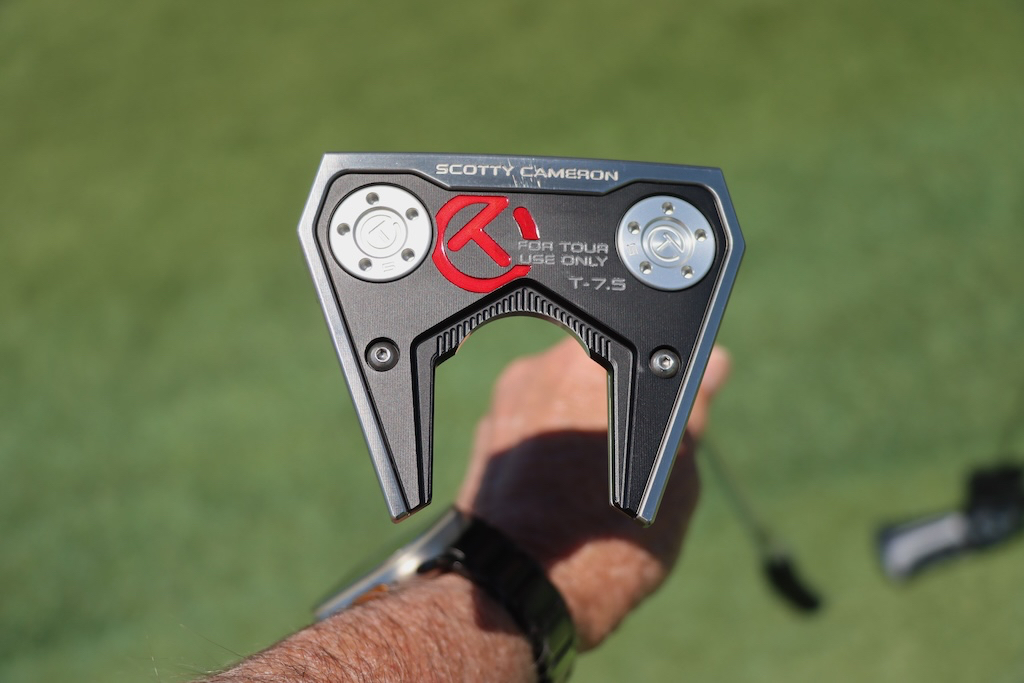
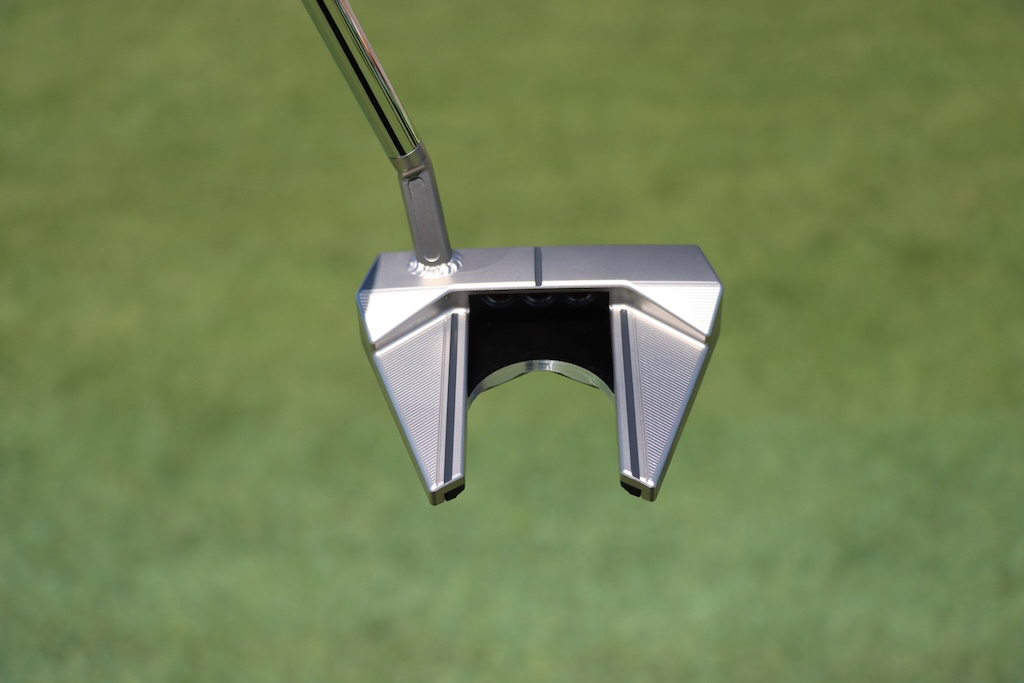
Alex Fitzpatrick’s Bettinardi SS16 DASS
Alex’s SS16 is made from Bettinardi’s famous D.A.S.S., or double-aged stainless steel, for a softer and more responsive feel. The face has a unique diamond pattern milling and features a logo that I feel like I have seen before, but can’t put a name to. The putter is a classic mid-mallet style with a simple, single white siteline on the top. The sole is clean with just the SS16, DASS, and a green triangle logo on it.
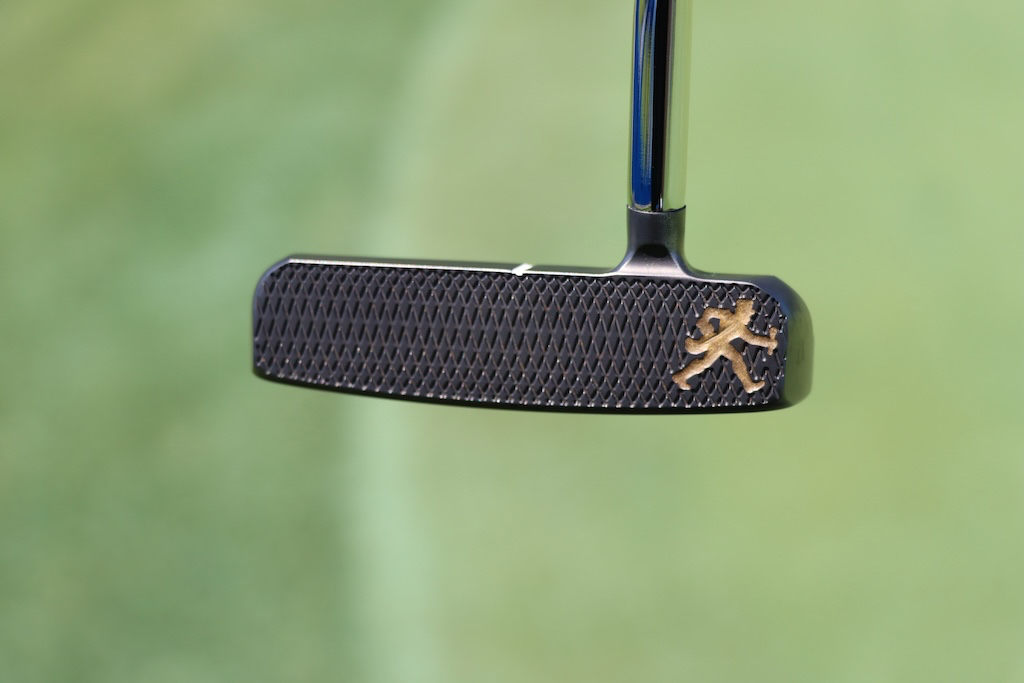
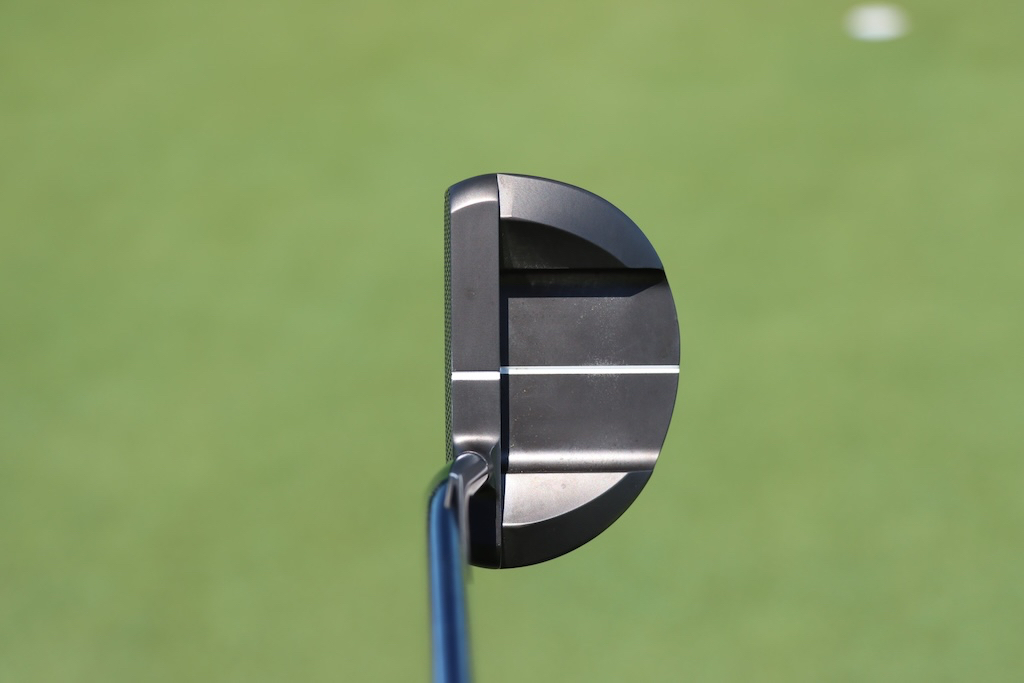

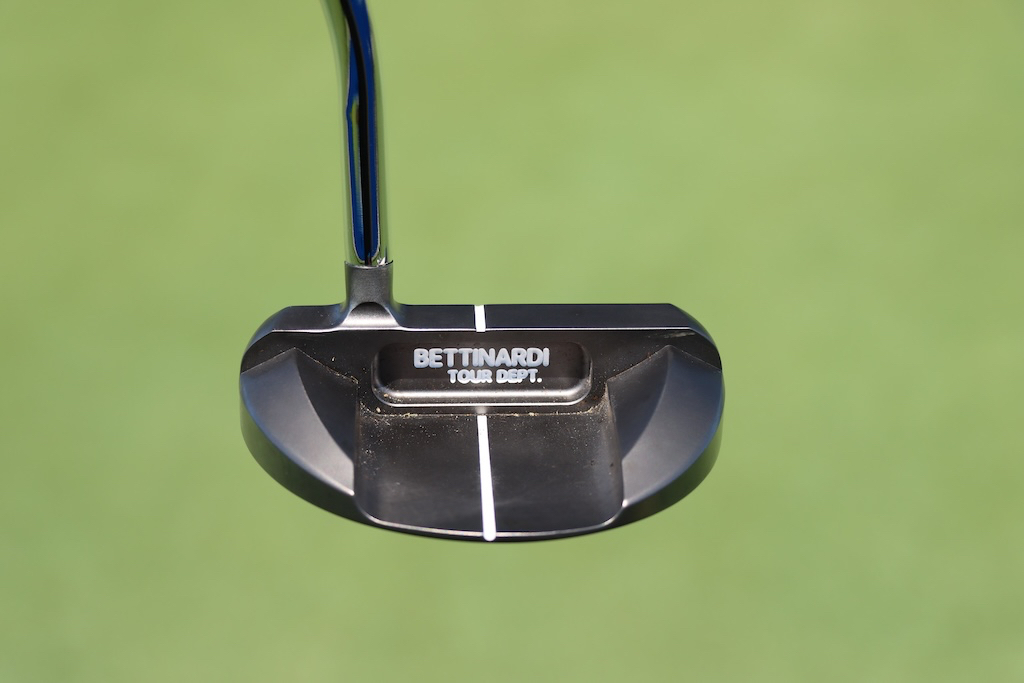
Steve Stricker’s Odyssey White Hot No. 2
This putter has made some amazing putts in its long career! Stricker’s White Hot No. 2 might be in the top 10 of most famous putters in golf. When you see all the dents and lead tape, you know the heel will be up and it will be sinking putts! The soft White Hot insert looks to be in good shape and has less wear on it than the rest of the putter. We don’t know how much lead tape is on the sole, but it has to be multiple layers compacted down over the years.
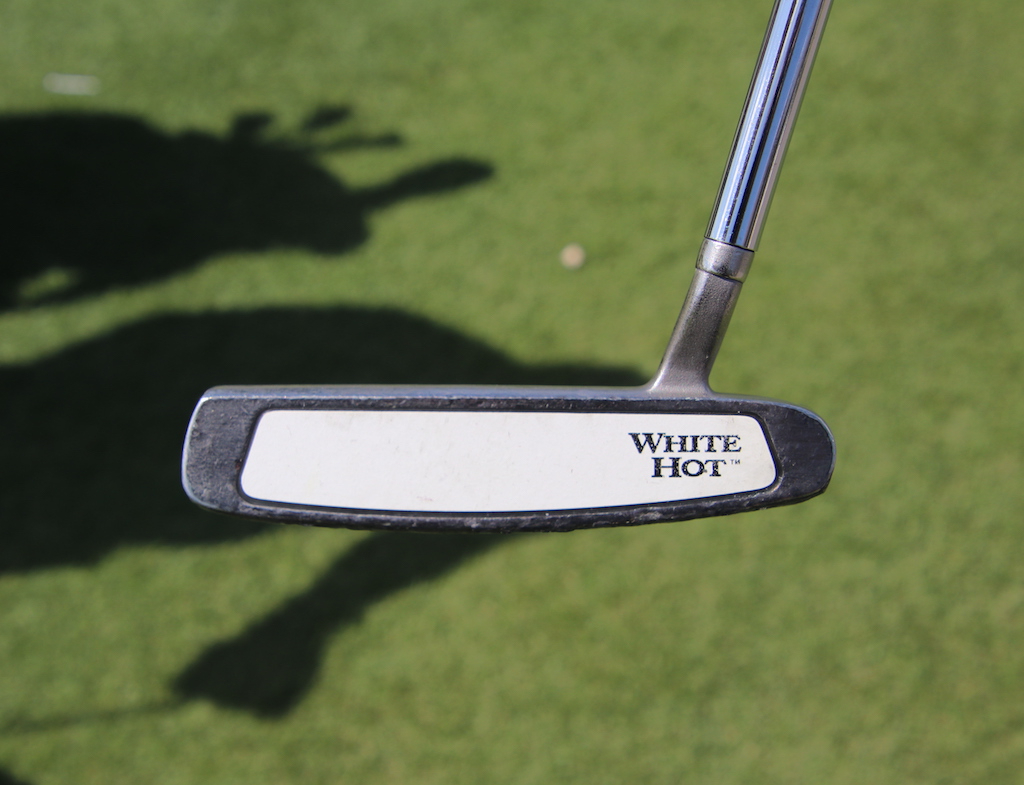


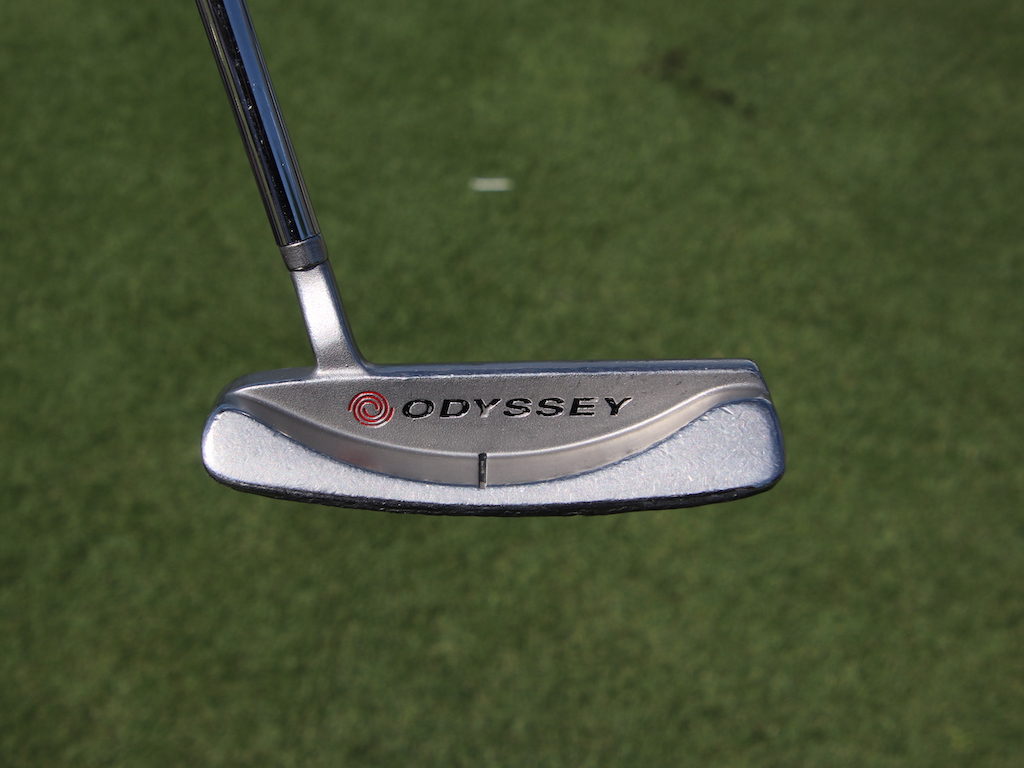
Doug Ghim’s Scotty Cameron T-7 Prototype
This T-7 should win the award for “best color finish” in this list with its deep chromatic bronze. It looks like Scotty added a cherry bomb dot to the heel of the deep-milled face and filled it with a very dark blue paint. The rest of the putter looks pretty stock with its single site line on the topline and twin site lines down the “fangs” of the putter. Twin 5-gram weights are installed in the sole and the putter is finished off with a gloss black double bend shaft with a fill shaft offset.
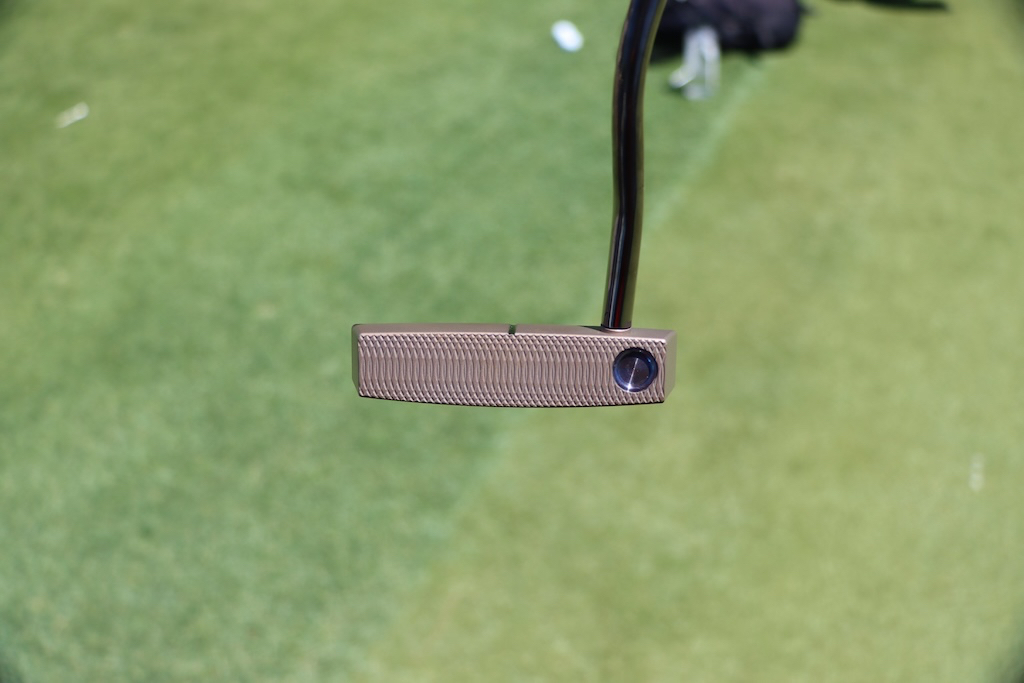
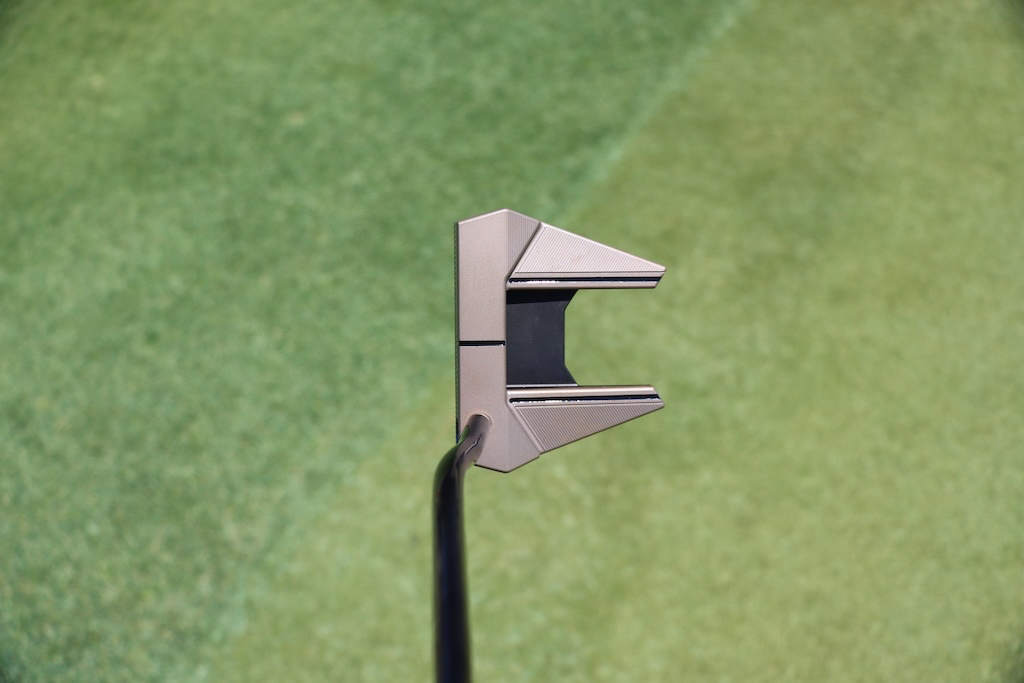
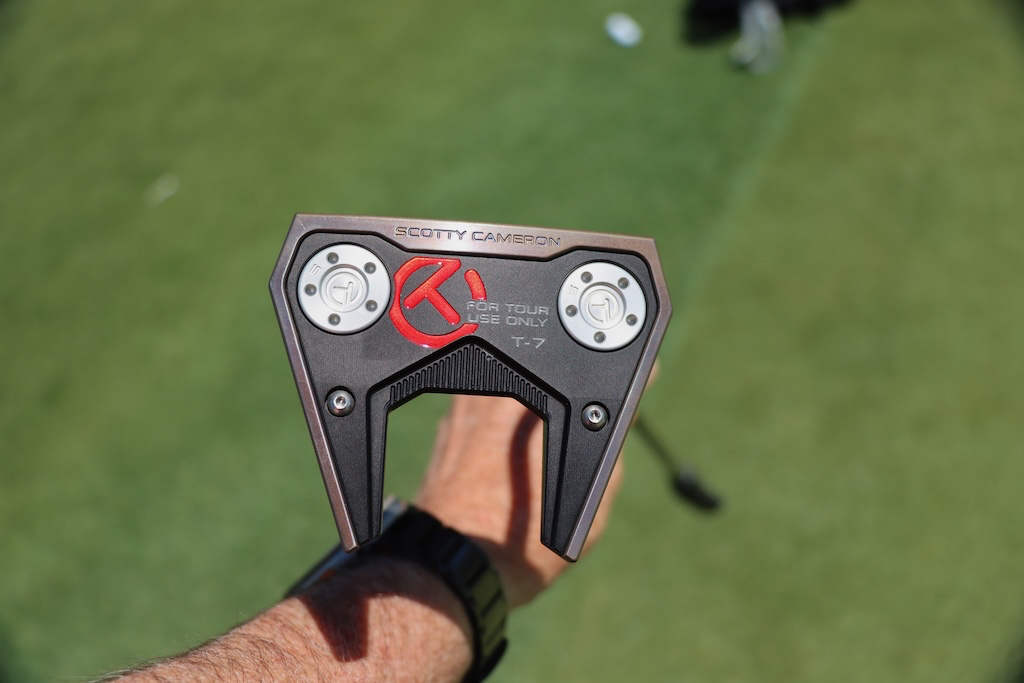
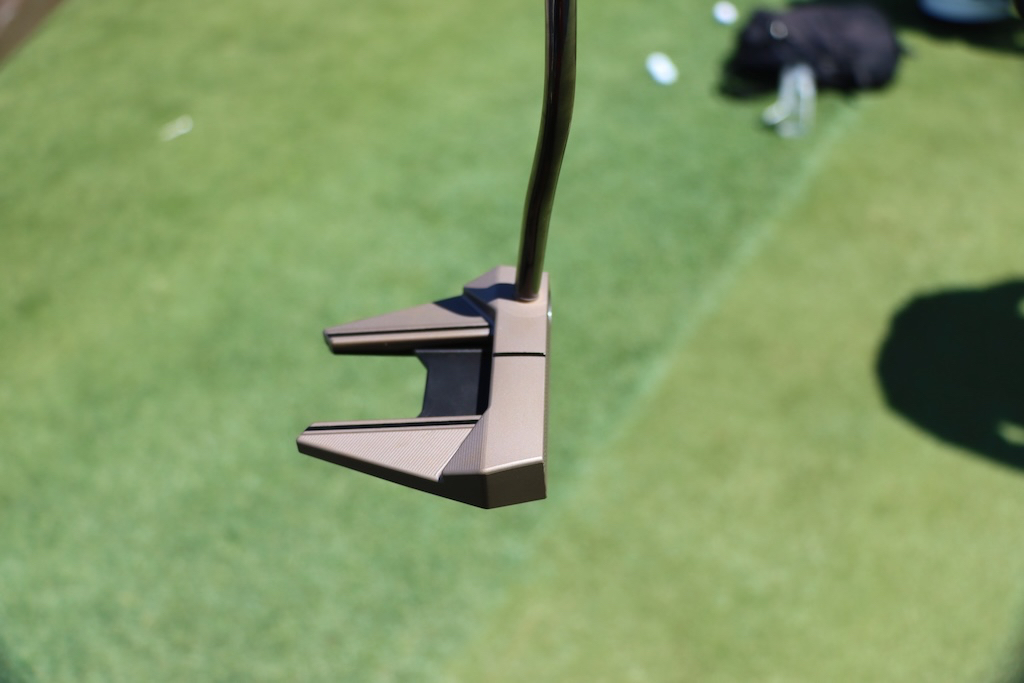
- Check out the rest of our photos from the 2024 Zurich Classic
- LIKE0
- LEGIT0
- WOW0
- LOL0
- IDHT0
- FLOP0
- OB0
- SHANK0
Equipment
Spotted: Project X Denali hybrid shaft
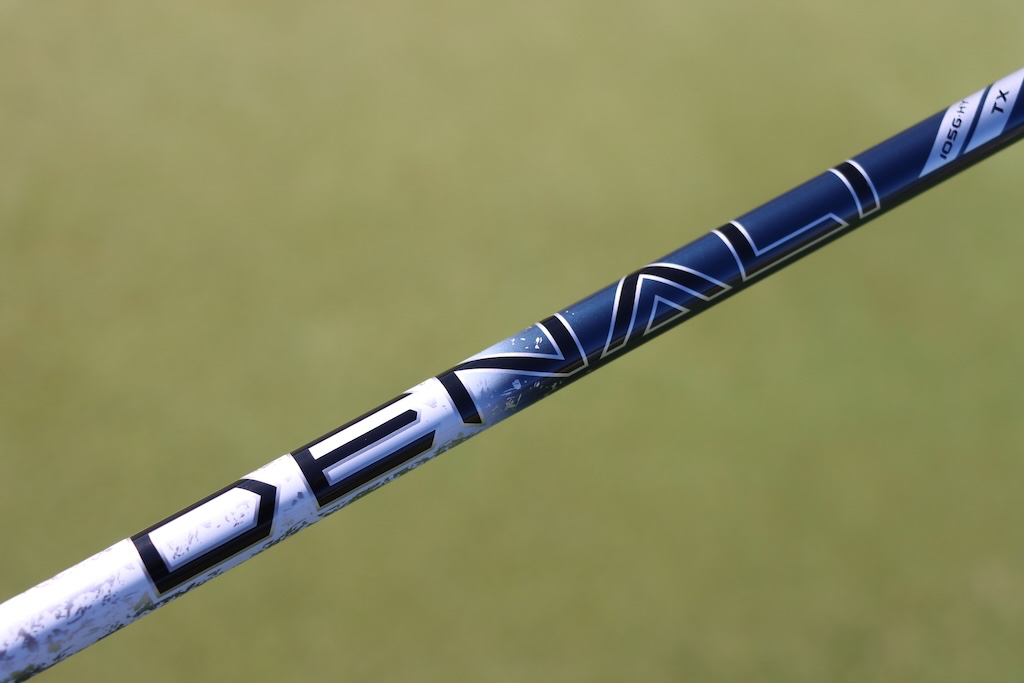
Project X’s Denali wood shafts have been seen in more and more golf bags this year as we start off the season. As a refresher, Denali Blue is the mid-launch and mid-spin model while Denali Black is for players seeking lower launch and spin.
Denali combines great feel with stability and increased ball speed. Currently, Project X only offers Denali Blue and Black in wood shafts, but we spotted a hybrid shaft in Daniel Berger’s bag at the 2024 Zurich Classic.
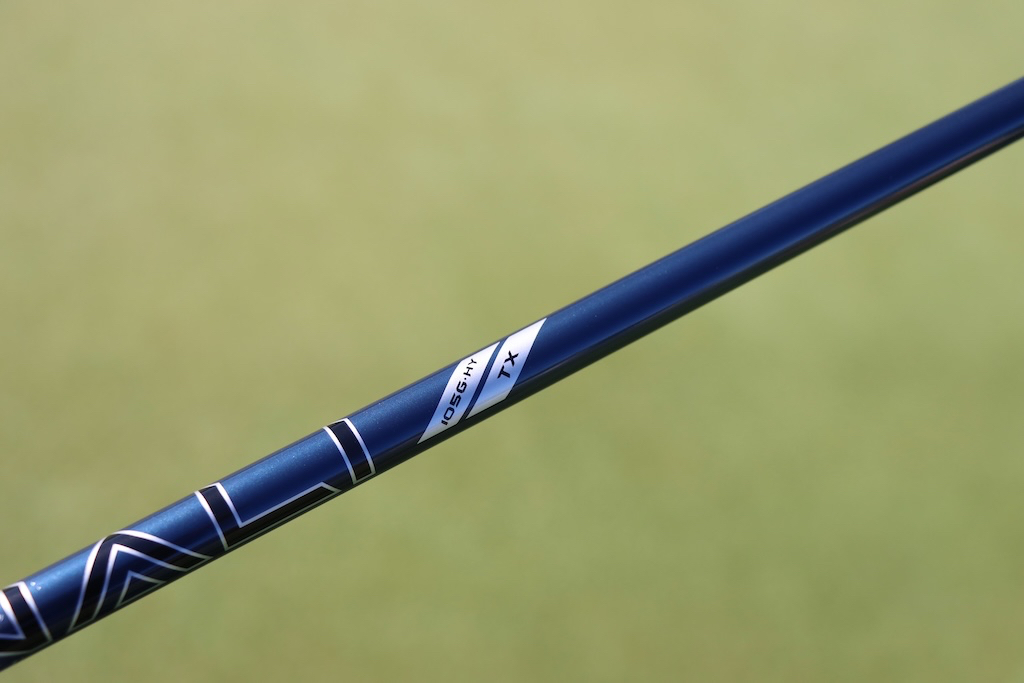
The shaft looks to be a Denali Blue 105G – HY in TX flex. No word on details from Project X yet but we can assume that this is a mid-launching shaft that weighs around 105 grams in Tour X-Stiff flex.
Berger has this shaft in his TaylorMade P770 3-iron, likely for some added launch and spin to hold the green from longer distances.
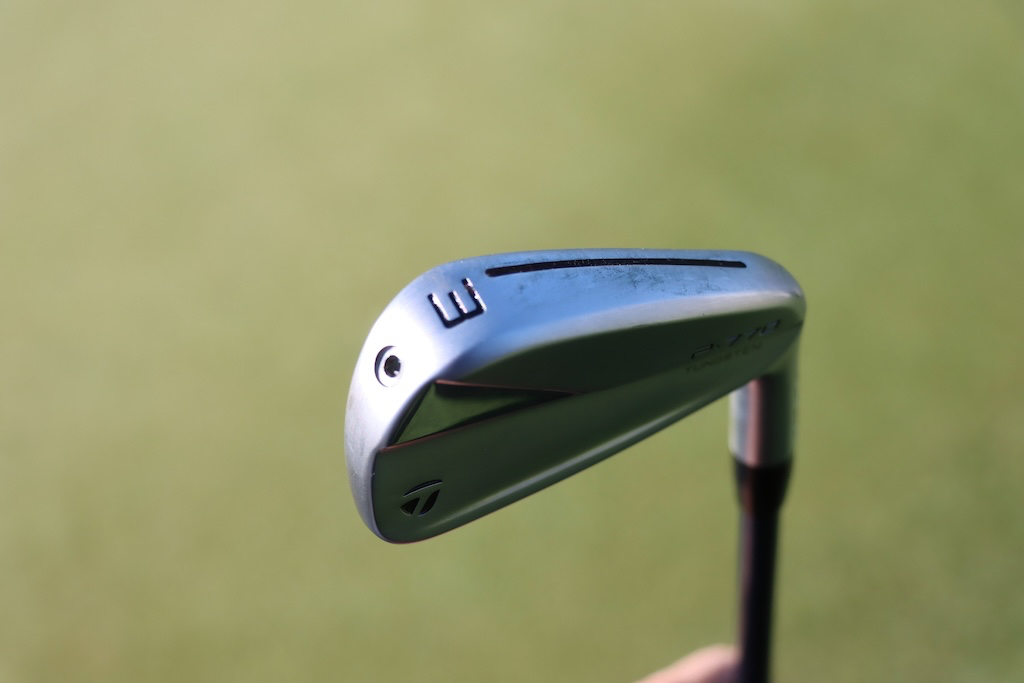
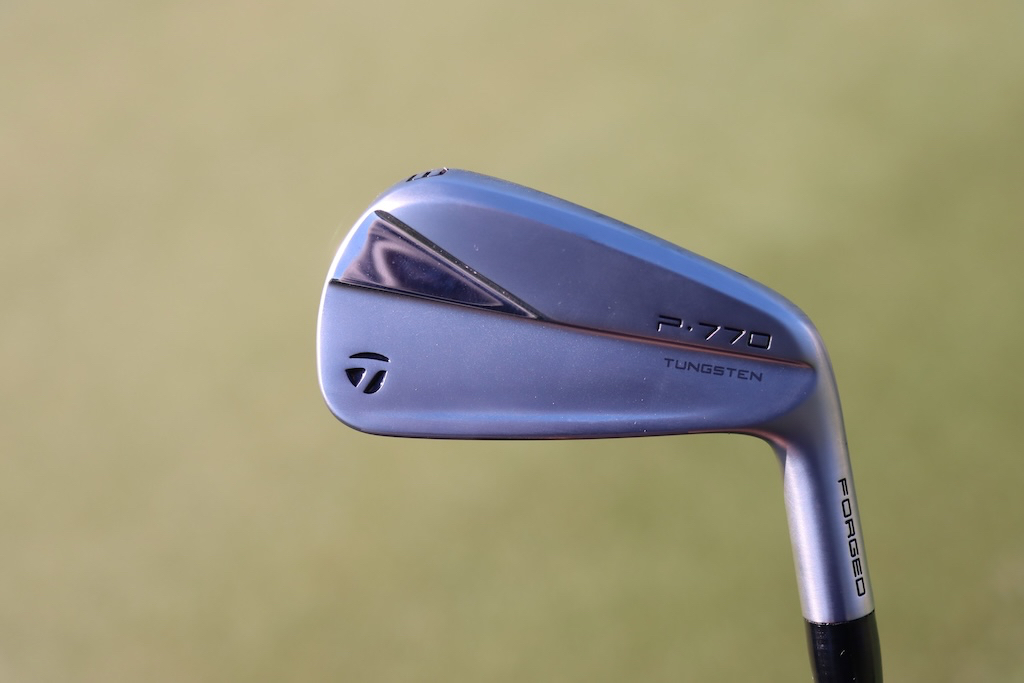
Hopefully, this means we will see some more shafts coming under the Denali name in the future, as I think many of us would like to try one in a hybrid or utility iron!
- Check out the rest of our photos from the 2024 Zurich Classic
- Check out in-hand photos of Daniel Berger’s full WITB here.
- LIKE0
- LEGIT0
- WOW0
- LOL0
- IDHT0
- FLOP0
- OB0
- SHANK0
Whats in the Bag
Daniel Berger WITB 2024 (April)
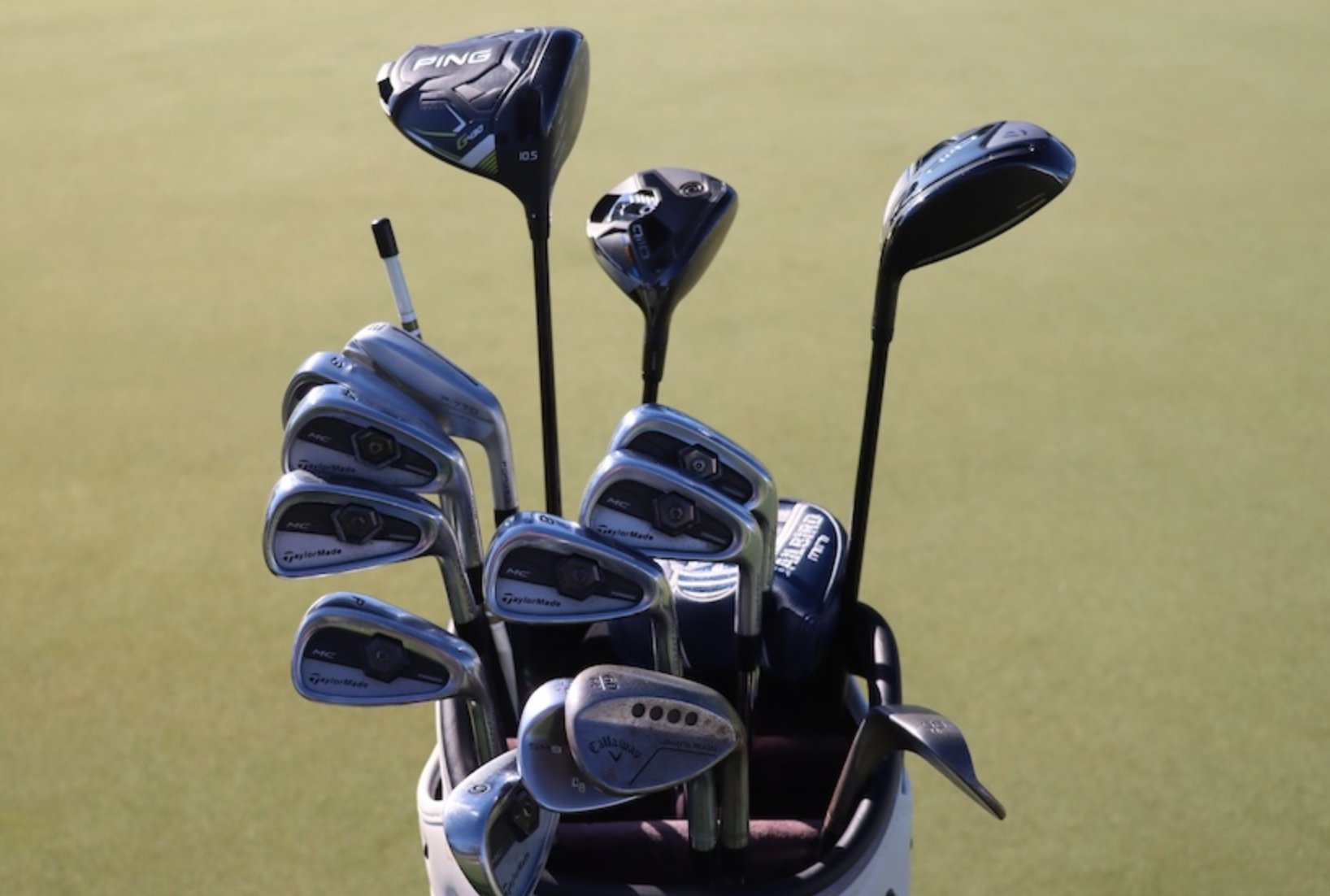
- Daniel Berger what’s in the bag accurate as of the Farmers Insurance Open. More photos from the event here.
Driver: Ping G430 LST (10.5 degrees)
Shaft: Fujikura Ventus Black 6 X
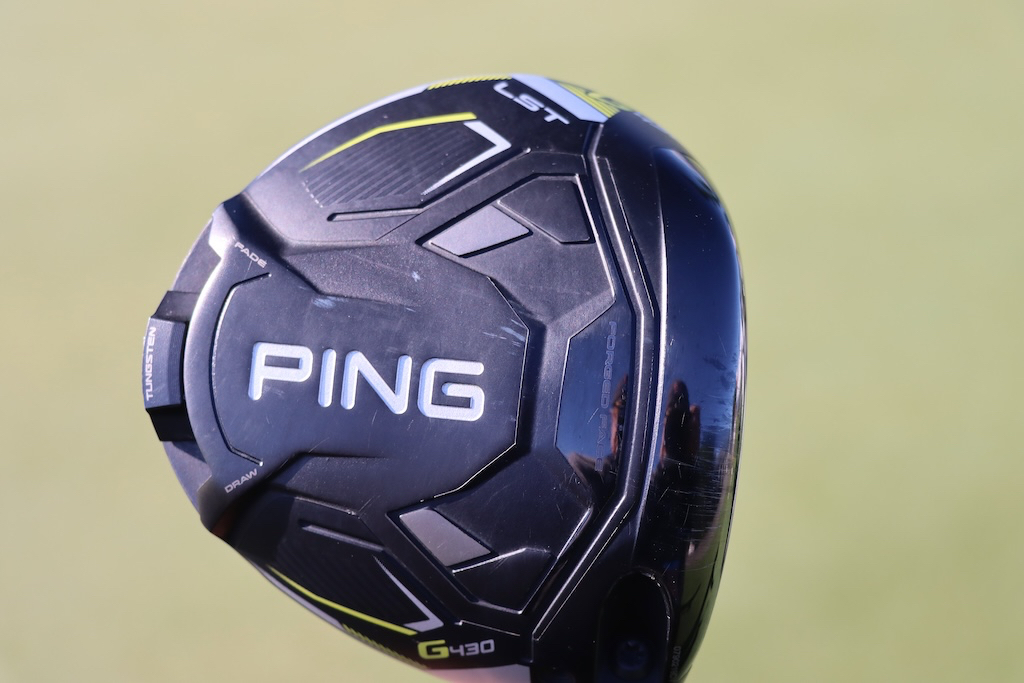
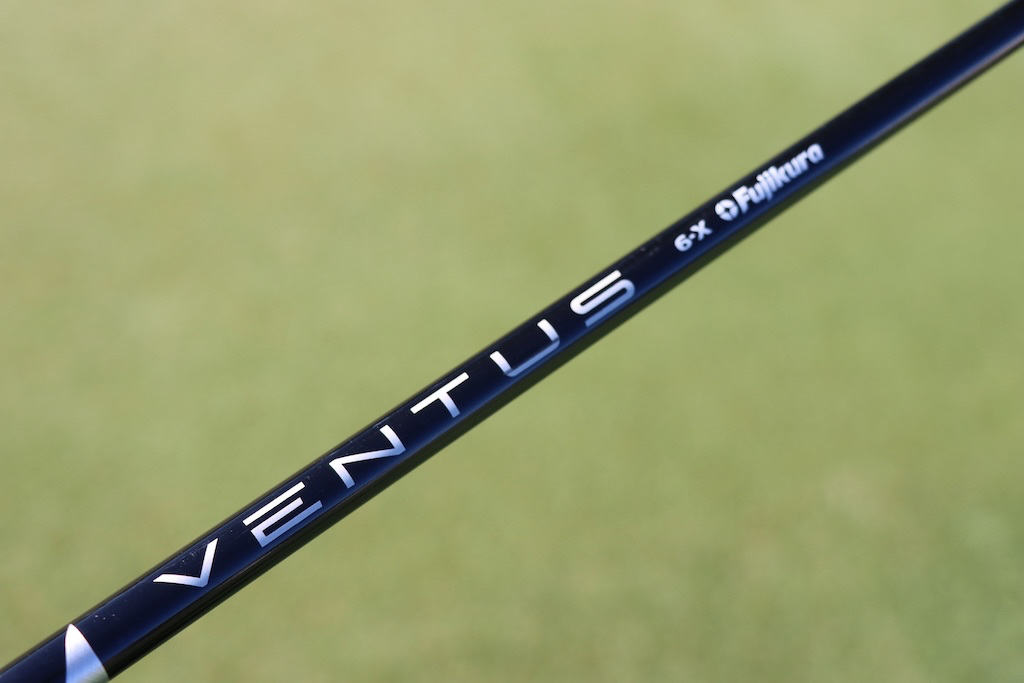
3-wood: TaylorMade Qi10 (15 degrees)
Shaft: Fujikura Ventus Black 7 X
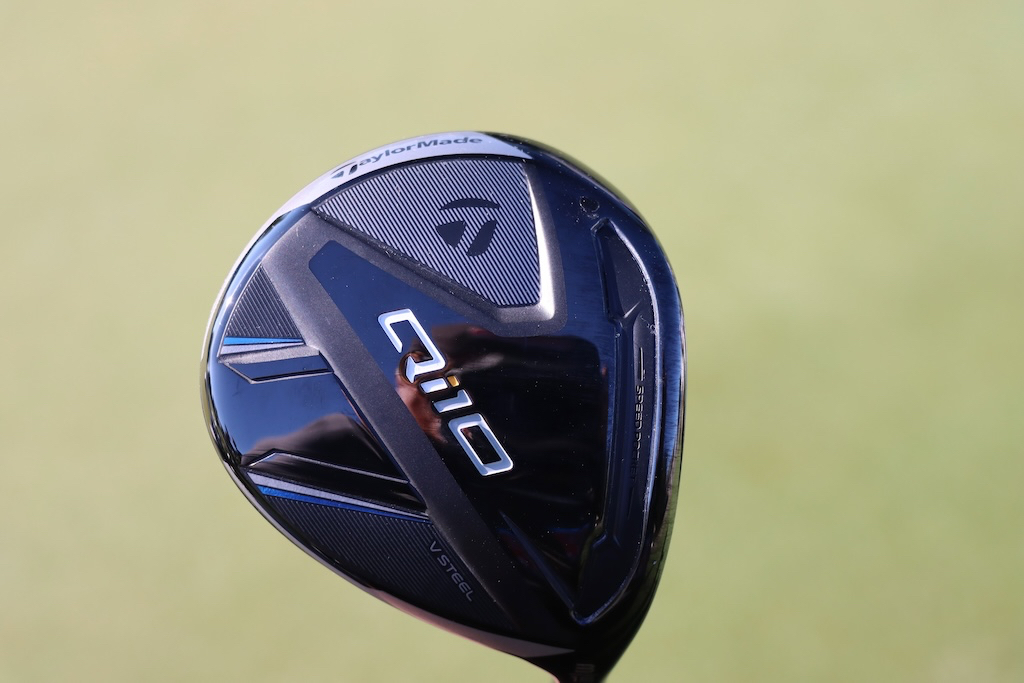
6-wood: TaylorMade Qi10 Tour (21 degrees)
Shaft: Fujikura Ventus Black 8 X
Irons: TaylorMade P770 (3), TaylorMade Tour Preferred MC 2011 (4-PW)
Shafts: Project X Denali Blue 105 TX (3), Project X 6.5 (4-PW)
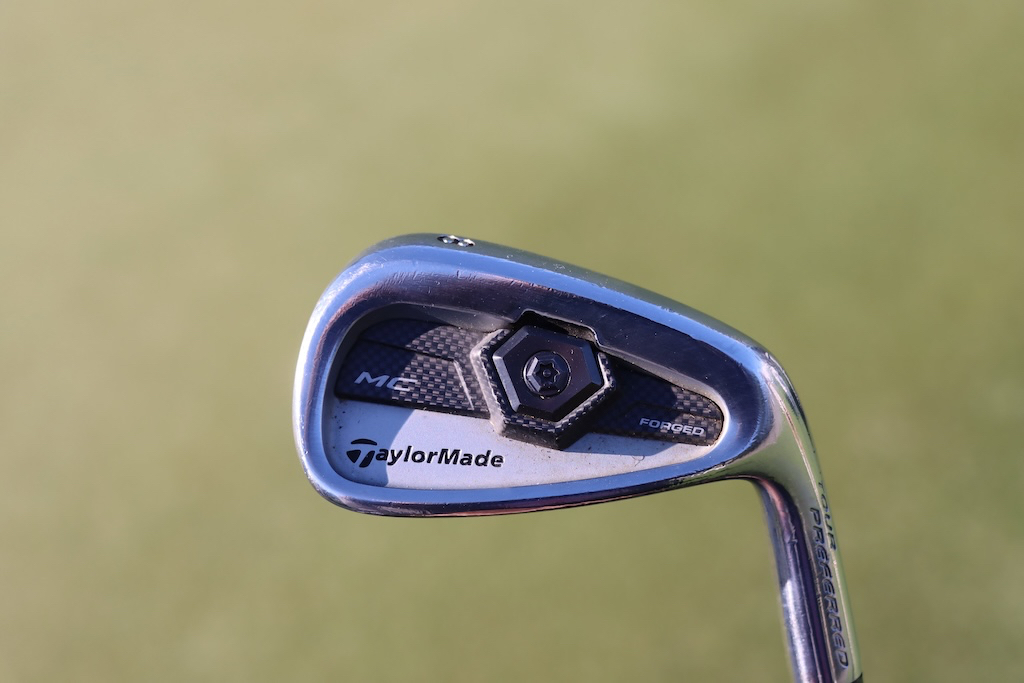

Wedges: Titleist Vokey Design SM9 (50-12F), Titleist Vokey Design SM10 (56-14F), Callaway Jaws Raw (60-08C)
Shafts: Project X 6.5 (50), True Temper Dynamic Gold Tour Issue S400 (56, 60)
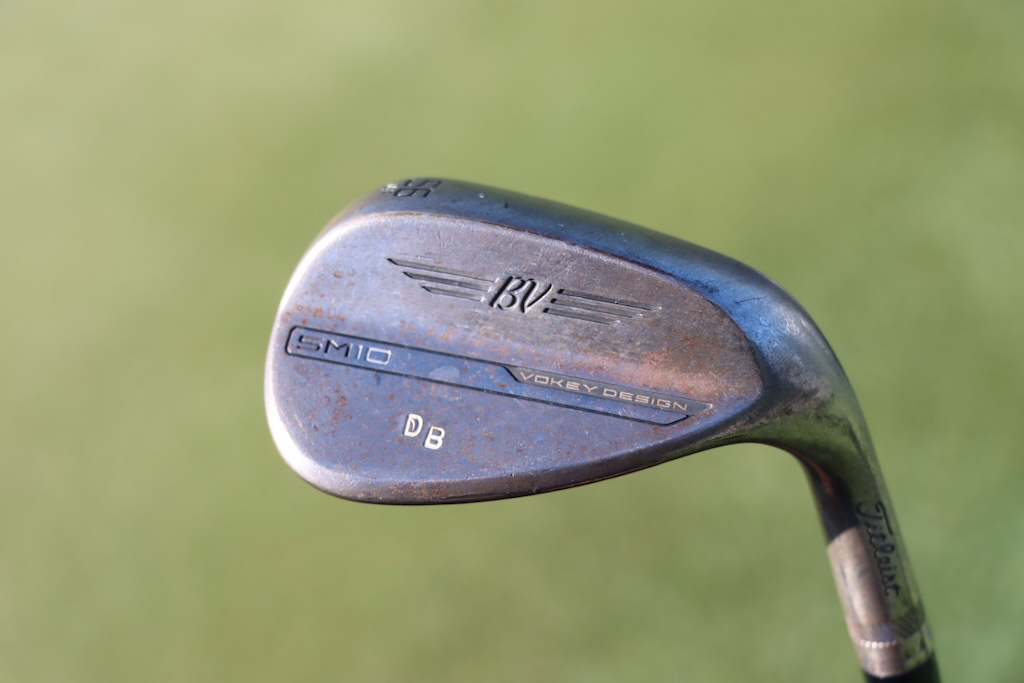
Putter: Odyssey Ai-One Jailbird Mini DB
Grip: SuperStroke Zenergy PistolLock 1.0
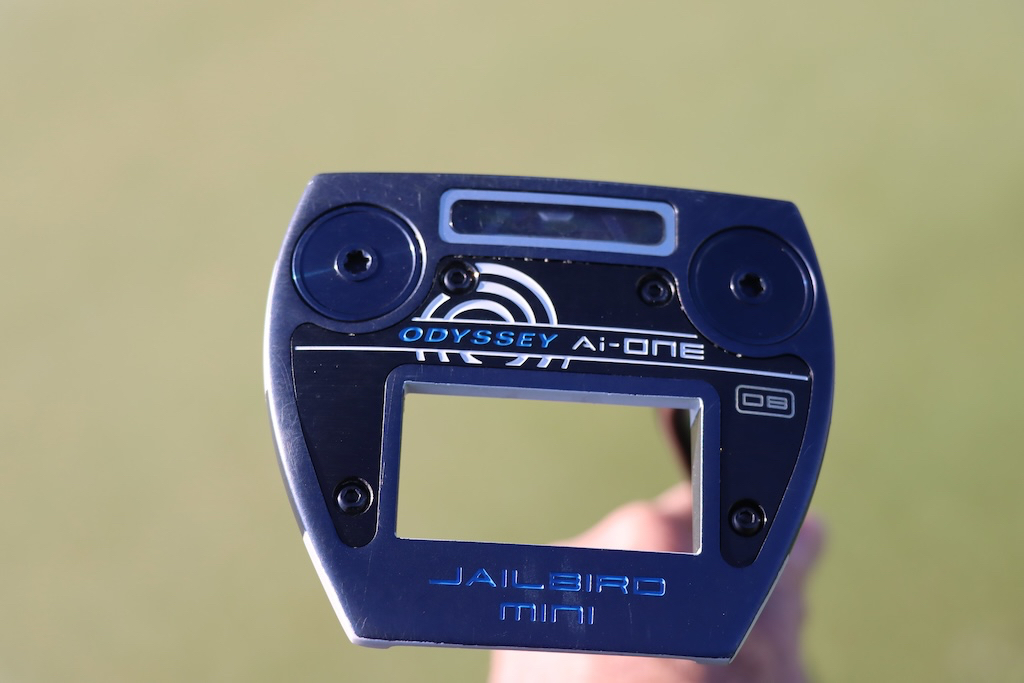

Grips: Golf Pride Tour Wrap
Ball: Titleist Pro V1
Check out more in-hand photos of Daniel Berger’s clubs in the forums.
- LIKE4
- LEGIT0
- WOW1
- LOL1
- IDHT0
- FLOP0
- OB1
- SHANK0
-

 19th Hole2 weeks ago
19th Hole2 weeks agoDave Portnoy places monstrous outright bet for the 2024 Masters
-

 19th Hole3 days ago
19th Hole3 days agoJustin Thomas on the equipment choice of Scottie Scheffler that he thinks is ‘weird’
-

 19th Hole2 weeks ago
19th Hole2 weeks agoTiger Woods arrives at 2024 Masters equipped with a putter that may surprise you
-

 19th Hole3 days ago
19th Hole3 days ago‘Absolutely crazy’ – Major champ lays into Patrick Cantlay over his decision on final hole of RBC Heritage
-

 19th Hole2 weeks ago
19th Hole2 weeks agoTwo star names reportedly blanked Jon Rahm all week at the Masters
-

 19th Hole1 week ago
19th Hole1 week agoReport: LIV Golf identifies latest star name they hope to sign to breakaway tour
-

 19th Hole1 week ago
19th Hole1 week agoNeal Shipley presser ends in awkward fashion after reporter claims Tiger handed him note on 8th fairway
-

 19th Hole1 week ago
19th Hole1 week agoBrandel Chamblee has ‘no doubt’ who started the McIlroy/LIV rumor and why



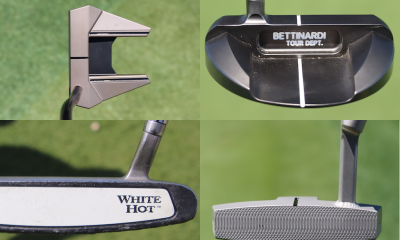

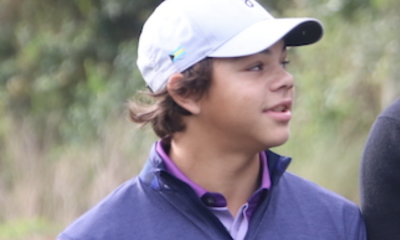

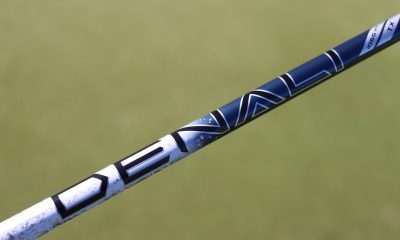


















freowho
Dec 31, 2019 at 5:59 pm
Good article. I agree with a slighlty flatter lie angle for flop shots but it makes the club hard to use for full shots. So the lob wedge basically becomes a specialty shot only club. I think if you are someone who enjoys playing different courses you do need a a couple of different setups. If I was playing a firm course I would carry the specialty 60 which means I would need a good 56 for pitch shots. If I was playing a softer course I might carry a 58 with more bounce instead of the 56 and 60.
Dan
Dec 31, 2019 at 1:49 am
Good to know mate. Interested in your next article about wedge flex. As I play with Ap1 R300 shafts. I was fitted with a vokey wedge, 46F bounce 10. Half an inch long, 1 degree flat. Brought 3 more vokey wedges, same length and lie off a mate. Which have been upgraded to KBS hi rev 2.0 125/S. The feel and contact are amazing. Thinking about doing the same with my 46F. Your thoughts.
Jack
Jan 1, 2020 at 4:50 pm
Hi Dan,
Thanks for the comment. I will go into a little more depth in the article but I would base your 46* on shots you hit the most – Generally this will be fuller shots for most players, therefore I would install the shaft that matches the rest of your iron setup (if you have been fit for those and enjoy their performance etc.. too).
ht
Dec 30, 2019 at 3:04 pm
Yeah this is great info. Thank you. Looking forward to the wedge shaft post
Adam
Dec 30, 2019 at 1:40 am
Very informative. Thank you